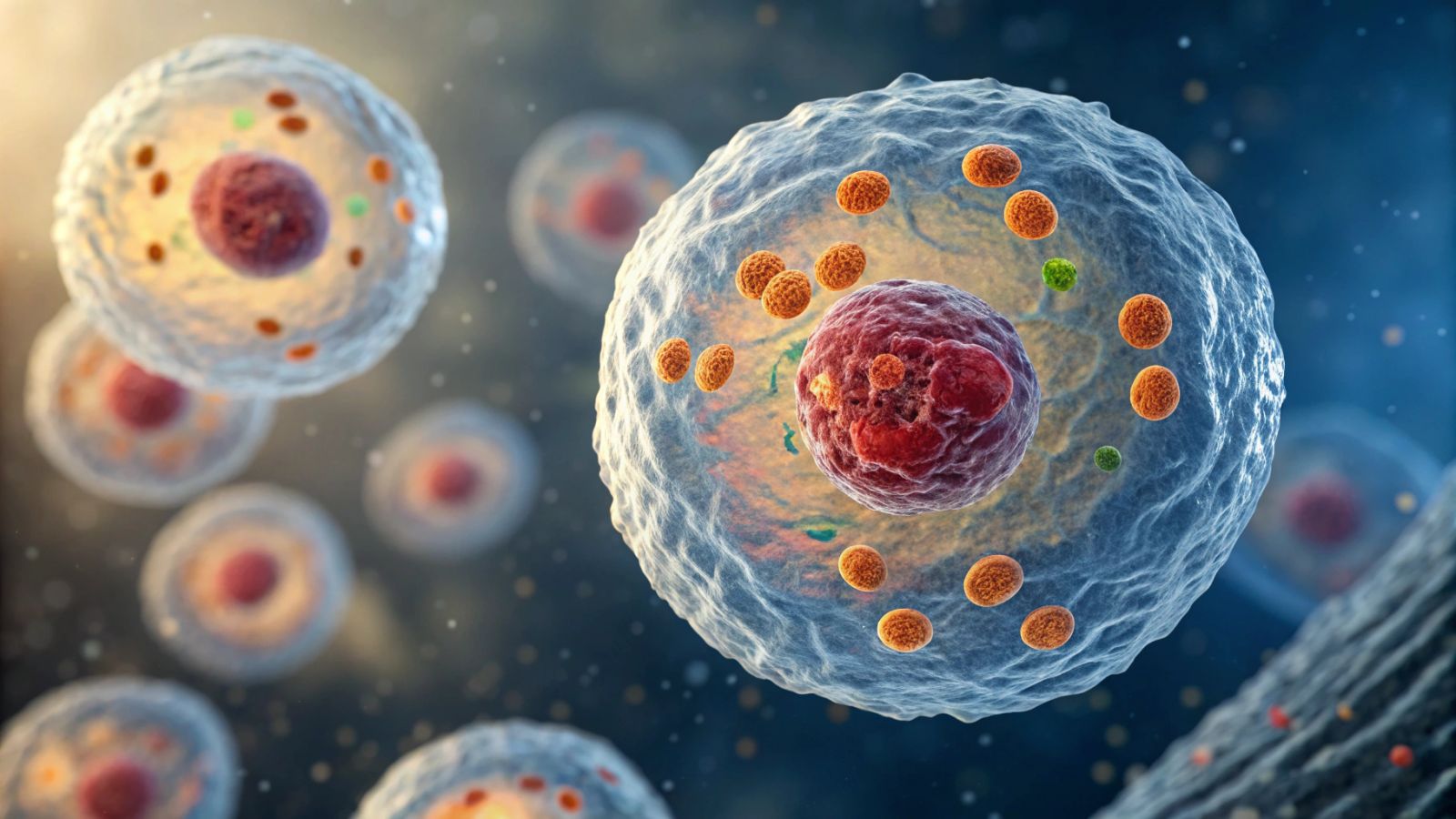The critical threshold of life 🌱
Published by Adrien,
Source: Proceedings of the National Academy of Sciences
Other Languages: FR, DE, ES, PT
Source: Proceedings of the National Academy of Sciences
Other Languages: FR, DE, ES, PT
Follow us on Google News (click on ☆)
These cells form the basis of all complex organisms, from plants to animals—including us. This shift appears to be linked to a kind of "leap" in how genetic information is organized and used. Scientists describe it as an algorithmic phase transition. A study published in PNAS details this remarkable phenomenon.

To understand this transformation, researchers analyzed thousands of genomes—complete sets of DNA. They discovered that the lengths of genes and proteins follow precise mathematical rules, indicating a gradual evolutionary process... up to a certain critical threshold.
Everything changed when genes reached an average length of 1,500 letters (or nucleotides). At that point, proteins stopped growing longer, and something new emerged: DNA sequences that do not directly code for proteins.
Thanks to these so-called non-coding sequences, cells overcame a physical limitation—producing long proteins had become too complicated. These new DNA segments allowed for additional functions without lengthening proteins, making the genetic system more flexible and powerful.
This discovery combines biology, computer science, and physics to explain one of evolution's key moments. It also opens up new scenarios for understanding how complex systems—biological or otherwise—can emerge.
An "algorithmic phase transition"—what's that?
A phase transition is illustrated when water turns to ice: a sudden change caused by gradually evolving conditions. In the case of cells, it was the accumulation of small genetic changes that triggered a major leap in complexity.
Upon reaching a certain threshold, cells began integrating non-coding sequences into their DNA. This completely altered how genes are used and proteins are produced.
This concept, borrowed from physics, helps explain how simple life forms can suddenly evolve toward greater complexity.
Why are these non-coding sequences so important?
Long dismissed as useless or even "junk DNA," these sequences actually play a central role. They allow cells to fine-tune gene expression.
For example, they facilitate alternative splicing—a mechanism by which a single gene can produce multiple different proteins. The result? Greater diversity without increasing DNA size.
The study shows that their emergence enabled eukaryotic cells to innovate. They separated certain steps in genetic information processing, granting access to a vast array of new possibilities.
This innovation made major milestones possible, such as the emergence of multicellular organisms, where each cell can specialize.